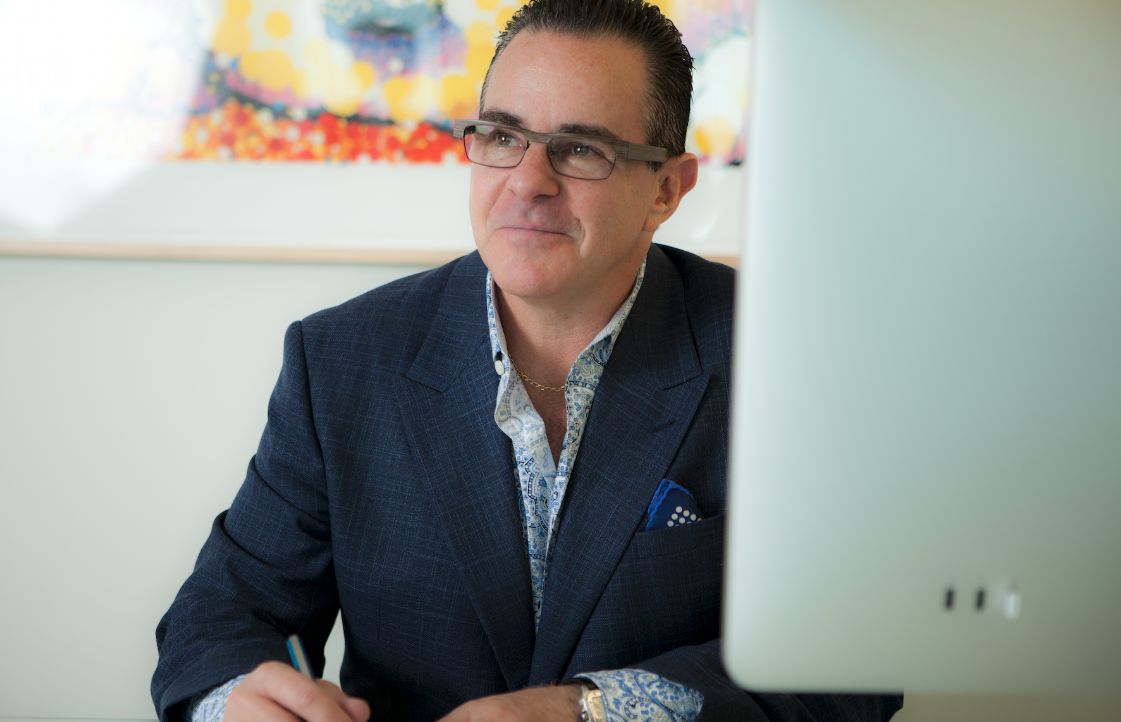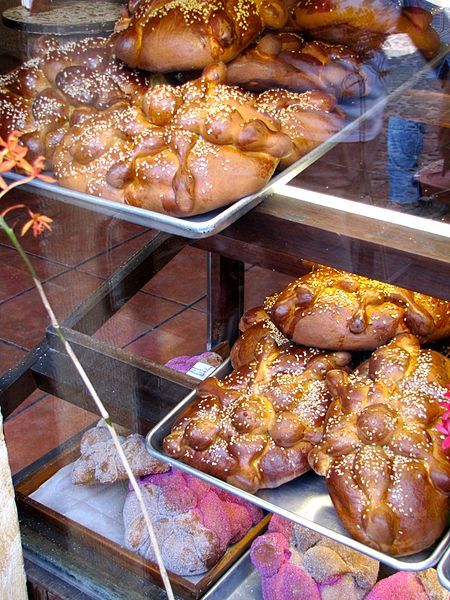
Día De Los Muertos Is More Alive Than Ever!

Seems like 'Coco' has given 'El Día de los Muertos' a life of its own on behalf of us Hispanics living in today’s US, pretty much like 'Black Panther' did for African Americans, 'Crazy Rich Asians' to the Asian American cohort, and 'Wonder Woman' for Women, in this search for the diversity and gender equality agenda.
But allow me to give you some perspective on the origins of this unique celebration. Despite all the white painted faces and the skulls, El Día de los Muertos - or 'Day of the Dead', as it’s now known in the US – is not meant to be a scary or spooky holiday - and it's definitely not the equivalent of Halloween.
Día de los Muertos originated in central and southern Mexico, and those who celebrate it have the conviction that on November 1st, the souls of deceased children come down from heaven to reunite with their families, and the souls of deceased adults come down on November 2nd. Families put a lot of energy and creativity into the making of colourful altars in their homes to honour the deceased loved ones. These altars are decorated with candles, flowers, their loved one's favourite foods and even pan de muerto (a bread baked specifically for this occasion).

The festivities extend to the cemetery, where families organise picnics, play music, drink tequila or mezcal, and sometimes stay overnight in the cemetery and hold a vigil at their loved one's grave as a way to celebrate the lives of those who are no longer on this earth. The theme and the message of what Día de los Muertos is all about is the hope that we can reconnect with the loved ones we have lost. (The world of the dead, according to Aztec mythology, is called Mictlan - a beautiful place where we all want to be).
Again, it’s not 'the Mexican Halloween'. While Halloween and Day of the Dead share common roots, they are totally different holidays. One big difference is that Halloween is only one night, while the Day of the Dead is actually a three-day event that kicks off on October 31st.
The Day of the Dead’s focus is specifically on death (it's in the name after all). But rather than treating it as something dark and frightening, the Day of the Dead is largely about laughing in the face of death, as represented by the ubiquitous skulls and skeletons known as calaveras and Catrinas, which are often depicted dancing or playing music. And though it is about remembering lost loved ones, the holiday is more a time to celebrate their memories than to mourn their loss. The Day of the Dead is a day to connect, to remember and to continue showing our love to those who came before us, both having strengthened our roots, and having paved the road for a better life for all of us!
The Day of the Dead is believed to be a time when the spirits of dead ancestors and relatives return to the world of the living to pay us a visit. Halloween has little to nothing to do with ancestors, while Day of the Dead has everything to do with deceased relatives. That's the core of it.
If you think about it, 'Day of the Dead' is more alive than ever. And thanks to 'Coco', it’s vibrant, colourful and uplifting. ¡Que viva el “Día de los Muertos”!
Luis Miguel Messianu is creative chairman and CEO at Alma













